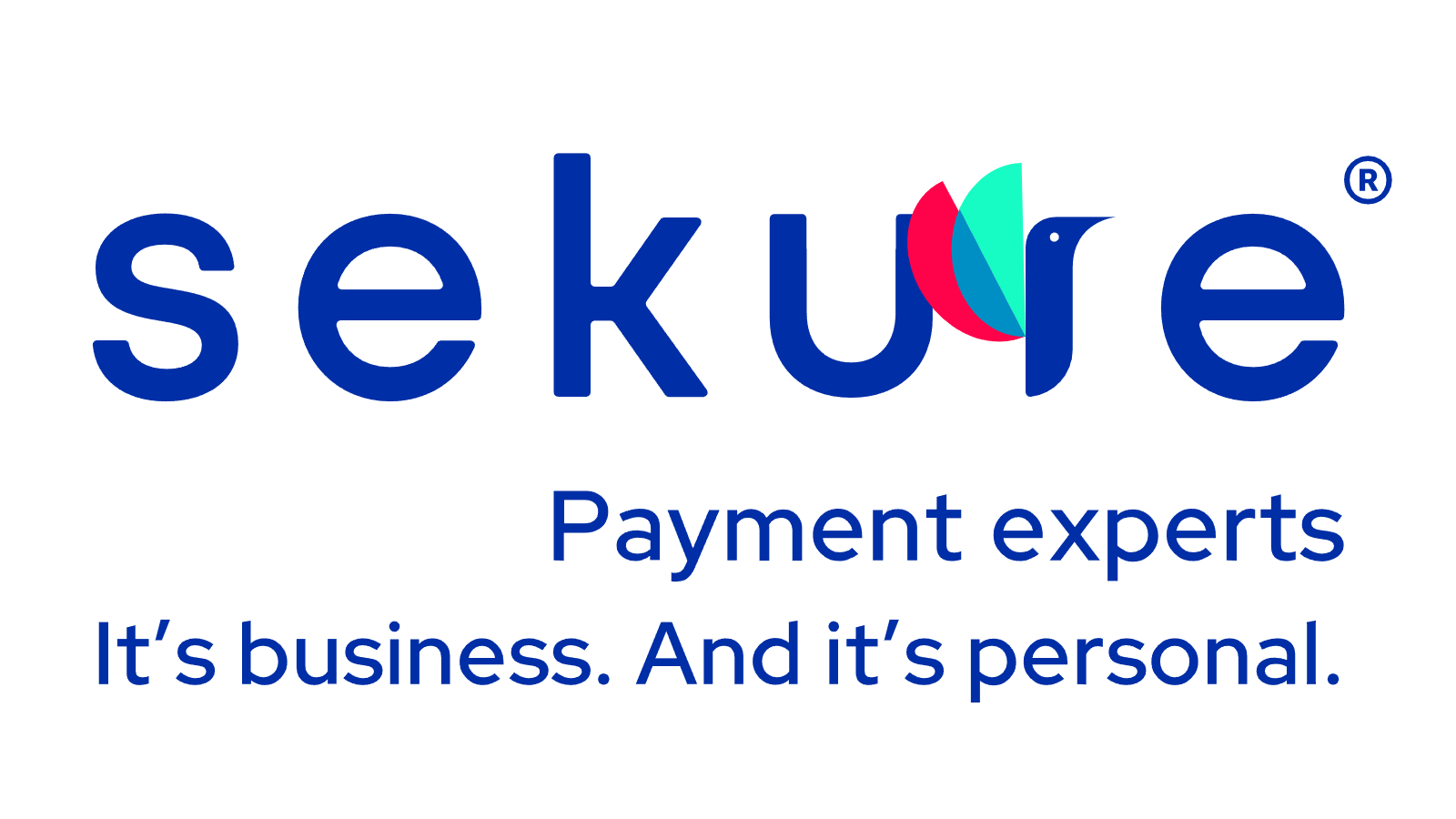Does your business have a payment gateway? If not, you may be missing out on a big opportunity.
Global credit card volumes are increasing, meaning card transactions have never been more important to your success. With the right solution, you can accept these payments and embrace the benefits of seamless credit card processing.
But what is a payment gateway? How does it work? And how do you find the right one for your business needs?
In this blog, we’ll answer all these questions and more.
Payment gateways explained
A payment gateway is a merchant service that allows you to accept credit card transactions online and in person. As an intermediary between your merchant account, payment processor and the customer’s issuing bank, it’s an integral piece of the payment processing ecosystem.
Payment gateways not only include physical card readers but also their digital counterparts. For example, a brick-and-mortar store might use a point of sale (POS) system to collect credit card information. By contrast, an eCommerce website may have an online payment portal integrated into the checkout process.
Either way, when someone buys a product or service, the gateway transfers their card information to the acquiring bank, which handles transaction processing.
Gateways vs. virtual terminals
In some ways, virtual terminals and payment gateways have a lot in common. Both enable credit card processing, but they do so in different ways.
Notably, a gateway is a customer-facing payment solution. In other words, consumers directly input their card information, whether it be during an in-person or online transaction. It can be as simple as swiping a credit card or using a digital wallet, like Apple Pay or Google Pay.
However, virtual terminals are merchant-facing online applications. They allow you to manually enter payment data and are typically only used by merchants who collect customer information by mail or over the phone.
Gateways vs. payment processors
Gateways and processors are important entities in the world of merchant services, but they’re not interchangeable terms. In short, a payment processor is an organization that connects the customer’s bank account to your merchant account and manages the actual transfer of funds between the two.
Think of them as two sides of the same coin: The payment gateway provider collects the card information and securely hands it off to the payment processor — which then coordinates between banks, debiting one and crediting the other.
Types of payment gateways
Payment gateways generally fall into two categories: online and in-person. Remember “gateway” merely refers to the technology that collects transaction data. That’s why POS systems, card readers and other physical solutions still qualify.
Online payment gateways are slightly more nuanced. They come in three forms:
- On-site gateways: These gateways handle the entire payment process within the merchant’s website, offering a seamless user experience. Although they provide more control over the workflow, they also make security and compliance the merchant’s responsibility.
- Redirects: With this type, when it’s time to pay, customers are redirected to the gateway’s own platform. After the transaction, customers are sent back to the merchant’s site. It’s simpler in terms of merchant security but can be less convenient for the customer.
- Front-end checkout: This hybrid approach works in two parts. First, customers enter their payment data on the business’s website, but transaction processing occurs on a separate system. This combines the convenience of submitting details on the primary site with the security required to protect customer information.
Benefits of payment gateways
Why obtain a payment gateway? Simply put, it has its advantages:
- Enhanced security: Gateways add more checks and balances to the payment orchestration process, protecting you and your customers from fraudulent transactions.
- Improved customer experience: With the right payment gateway, you can give customers a seamless checkout process from start to finish. This makes for faster, smoother transactions — and, if you’re a brick-and-mortar business, shorter lines at the point of sale.
- Payment flexibility: Customers can use their preferred payment method, whether it be a credit card, debit card, digital wallet or ACH payment.
- Growth potential: A gateway can expand your horizons, enabling you to scale and reach international customers with multi-currency support.
How do payment gateways work?
Before jumping into the payment process, let’s review the basic terms you need to know:
- Payment processor: Also known as the payment service provider, this company transfers funds throughout the rest of the payment ecosystem.
- Issuing bank: A financial institution that gives payment cards to consumers on behalf of card networks like MasterCard, Visa or American Express.
- Acquiring bank: The financial institution that processes card payments on your behalf.
- Merchant account: A special bank account specifically for funds received through credit card processing, usually offered by your acquiring bank or a merchant service provider.
Now that we know the lingo, here’s how payment gateways work step by step:
- First, the customer initiates a credit card transaction. If in person, they either swipe their card, tap it against a machine or slide it into the chip reader. With an online transaction, they simply enter their payment details on the checkout page.
- The gateway encrypts the transaction data, ensuring its safe from unauthorized access or theft during transmission. Once secured, it sends the details to the payment processor.
- The payment processor routes the transaction data to the card network, which identifies the bank or institution that issued the customer’s card.
- The card network sends an authorization requisition to the issuing bank, including details like the transaction amount, merchant information and the customer’s account status.
- The issuer evaluates the request based on the customer’s available funds and credit limit. If approved, it sends a response back through the card network to the payment processor and onto the payment gateway. This allows you to notify the customer if their card was approved or declined.
- Finally, the processor transfers money from the customer’s bank account into the merchant account. These funds are typically settled one or two days later.
Altogether, payment orchestration takes just seconds to complete. However, gateways do more than just facilitate the transaction — they also offer several essential features. Let’s take a look behind the scenes at what a state-of-the-art payment gateway can provide your business:
Security
Given how frequently cyberattacks and scams occur, most consumers are rightly afraid of identity theft. In fact, two-thirds of people would stop shopping at a retailer previously hit by a security breach.
Fortunately, gateways protect payment details using two key capabilities:
- Encryption is about converting information into code and hiding its contents from outside exposure. Transaction processing relies on encryption to safeguard credit card details as they move from one company to another. Without it, anyone could intercept payment data and use it for fraudulent purposes.
- Tokenization: Likewise, tokenization protects customers by not transmitting data directly through the system. Instead, it converts details into “tokens” so that even if there’s a data breach, the information won’t be readable.
Authorization
Gateways work alongside the payment processor to communicate with the customer’s bank and verify they have sufficient funds to complete the transaction. If not, it’ll alert users their card has been declined.
Order fulfillment
Some payment gateways come with eCommerce features, allowing you to seamlessly proceed from transaction to order fulfillment without skipping a beat. By integrating with other business systems, it can automatically initiate the shipping process.
Data collection
Small businesses are harnessing the power of data like never before — and gateways are helping them do it. From POS systems to online payment portals, you can automatically collect customer information and analyze it in one convenient place.
For example, evaluating data can help you identify a popular payment method or product in demand. And, you can personalize service accordingly, offering your audience a better customer experience.
Fraud detection
Unfortunately, fraudulent transactions are occurring at an increasing rate. According to MasterCard, the cumulative losses to online payment fraud globally between now and 2027 will exceed $343 billion.
However, payment gateways can help. With an advanced payment solution, you gain sophisticated algorithms and tools, like IP tracking or geolocation, that automatically identify suspicious activities.
Let’s say someone initiates an online transaction, but the address on file is far from where the card is used. This may indicate a bad actor has somehow obtained the customer’s card details. The right payment gateway will flag this risk and alert the card network to prevent authorization.
How to choose the right payment gateway
There are a few essential items to consider when looking for a payment gateway provider:
1. Cost
The exact cost will depend on several factors, but most gateways come with an initial setup fee alongside a flat monthly rate for using the service. Some may even charge a processing fee on each credit card transaction, which is usually a small percentage of the total.
At Sekure, our Payment Experts can help you understand these pricing structures with full transparency so you can choose the best option for your business needs.
2. PCI compliance
Compliance with the Payment Card Industry Data Security Standards (PCI DSS) is a big deal for merchants. Violating PCI compliance can put you in hot water, potentially leading to fines and other penalties. Ensure your provider has adequate security to identify fraudulent transactions and keep payment data safe from unauthorized access.
3. User experience
If you’re looking for an online payment solution, consider how you want it to work alongside your business website, as this can impact the customer experience.
A hosted payment gateway redirects users to a payment service provider page, whereas a self-hosted, on-site gateway works within your own site. The latter makes for a smoother payment process but may offer fewer protections.
Overall, ensure customers don’t have to jump through hoops with too many redirects. This can increase the likelihood of cart abandonment, costing you revenue.
Simplify the search with Sekure Payment Experts
Looking for the right payment gateway to match your business needs? At Sekure, our Payment Experts know exactly where to start.
More than just a partner, we’re small business advocates. That means we work alongside merchants to help them acquire the solutions they need at a price they can afford. Our team takes your exact requirements into account, cutting through the noise and giving you clear, transparent comparisons.
Plus, our partnerships allow us to provide exclusive rates on the merchant services you need to succeed. That way, your business can thrive in the world of payment processing and beyond.
Ready to start saving? Let’s talk.
Categories

